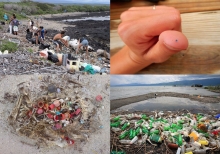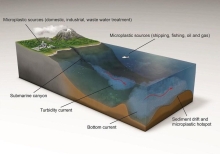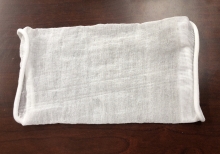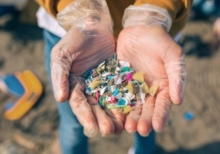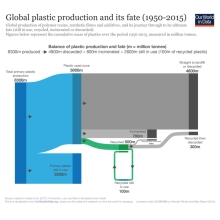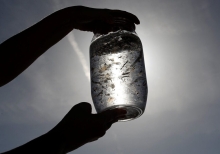Storymap: Marine Debris In Coastal Parks
Marine debris comes in different sizes and poses a range of threats to parks, including damage to coastal habitats and risks to animals from entanglement or ingestion, as well as potential impacts from toxic contamination.
